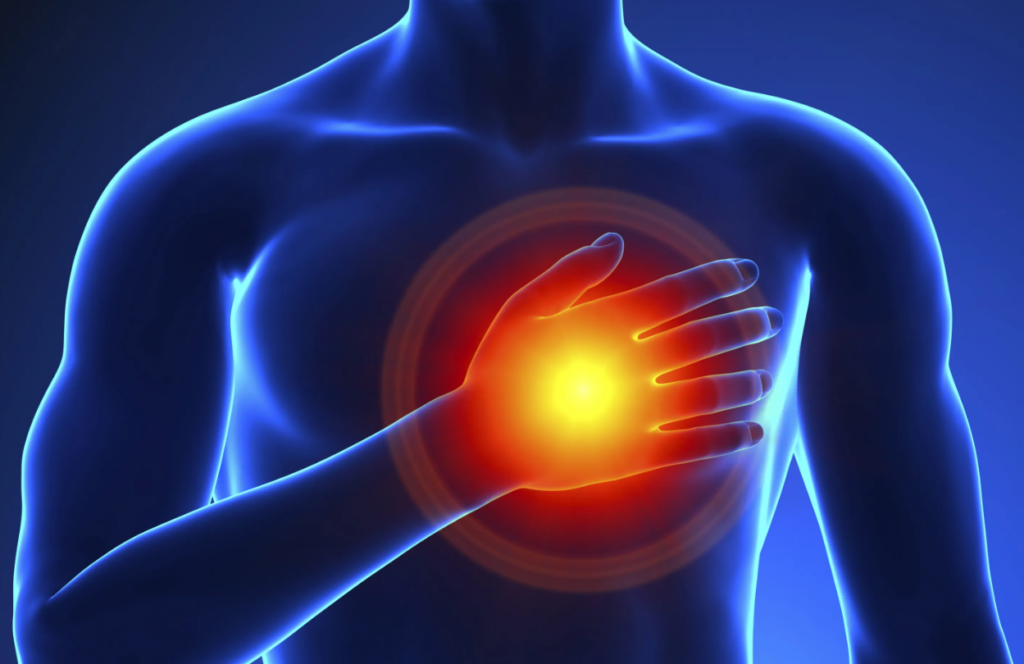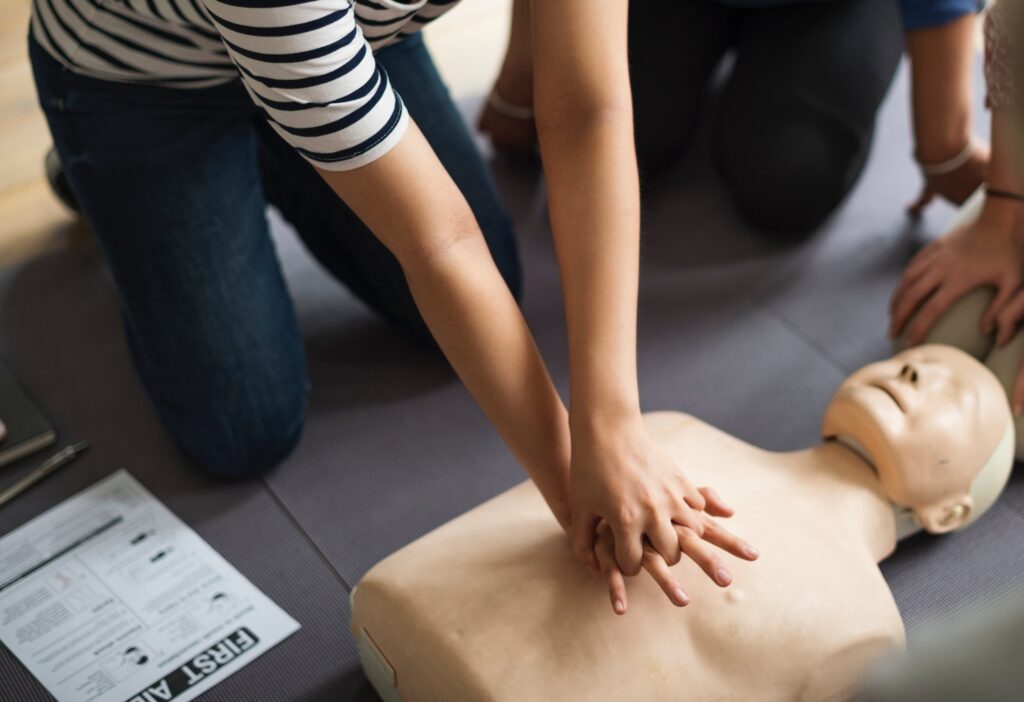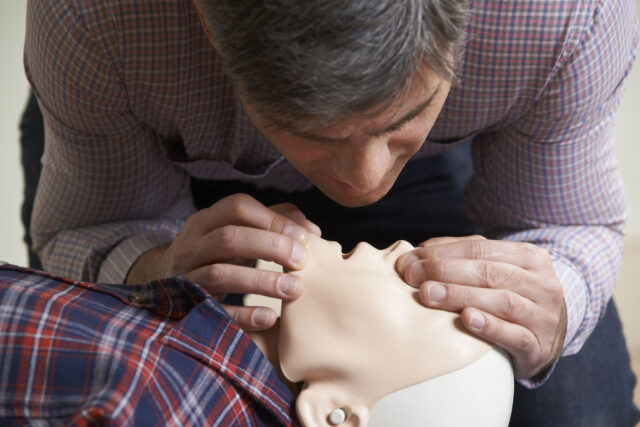Emergencies can strike at any moment, and being prepared to respond swiftly can mean the difference between life and death. Cardio-pulmonary resuscitation (CPR) and first aid are invaluable skills that can save lives in critical situations.
Whether it’s a sudden cardiac arrest, choking incident, or a severe injury, knowing how to administer CPR and first aid can significantly increase the chances of survival for the affected individual.
The Need for Quick Response
During emergencies, every second counts. CPR and first aid training equip individuals with the knowledge and confidence to act promptly and efficiently when faced with a medical crisis.
Immediate intervention can prevent further harm and increase the likelihood of a positive outcome. That’s why having a tool like “MyCPR NOW” at your fingertips can make all the difference.
Cardiac Arrest – A Leading Cause of Death

Cardiac arrest is a leading cause of death worldwide, affecting people of all ages. When the heart suddenly stops beating, blood flow to vital organs is disrupted, and brain damage can occur within minutes.
Performing CPR, a technique that involves chest compressions and rescue breaths, can keep blood flowing to the brain and other organs until professional medical help arrives.
Choking Incidents
Choking is another common emergency, especially among children and the elderly.
A blocked airway can quickly become life-threatening, making it crucial for bystanders to know how to perform the Heimlich maneuver or abdominal thrusts.
Proper first aid can dislodge the obstruction and restore breathing, saving the person from severe consequences.
Accidents and Injuries
Accidents can happen anywhere, from the workplace to recreational activities. Knowing how to administer first aid can make a significant difference in minimizing the impact of injuries.
It can help control bleeding, stabilize fractures, and prevent the situation from worsening before professional medical help becomes available.
Empowerment and Confidence

CPR and first aid training not only provide life-saving skills but also instill a sense of empowerment and confidence in individuals.
When people are prepared to handle emergencies, they are more likely to step up and offer assistance when needed, potentially saving lives and helping their communities.
The Importance of Training
Learning CPR and first aid from certified instructors ensures that individuals acquire accurate and up-to-date knowledge.
Hands-on practice during training sessions helps participants become familiar with the techniques and builds their competence to act decisively during emergencies.
Making a Difference in the Workplace
Employers are increasingly recognizing the value of having CPR and first-aid-trained staff in the workplace.
Accidents and medical emergencies can occur on the job, and having trained employees can mitigate the impact of such incidents until professional help arrives.
Conclusion

CPR and first aid are indispensable skills that can make a life-or-death difference during emergencies.
The ability to respond quickly and effectively to cardiac arrests, choking incidents, and injuries can save lives and prevent further harm.
By investing the time to learn these life-saving techniques, individuals become empowered to be the first line of defense in critical situations, fostering safer communities and workplaces.




